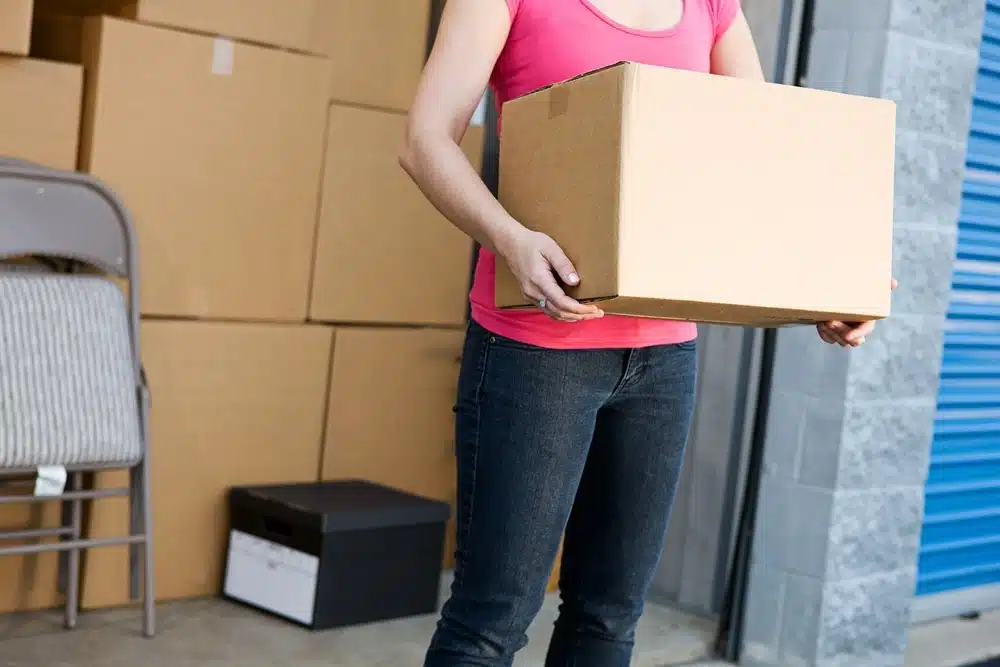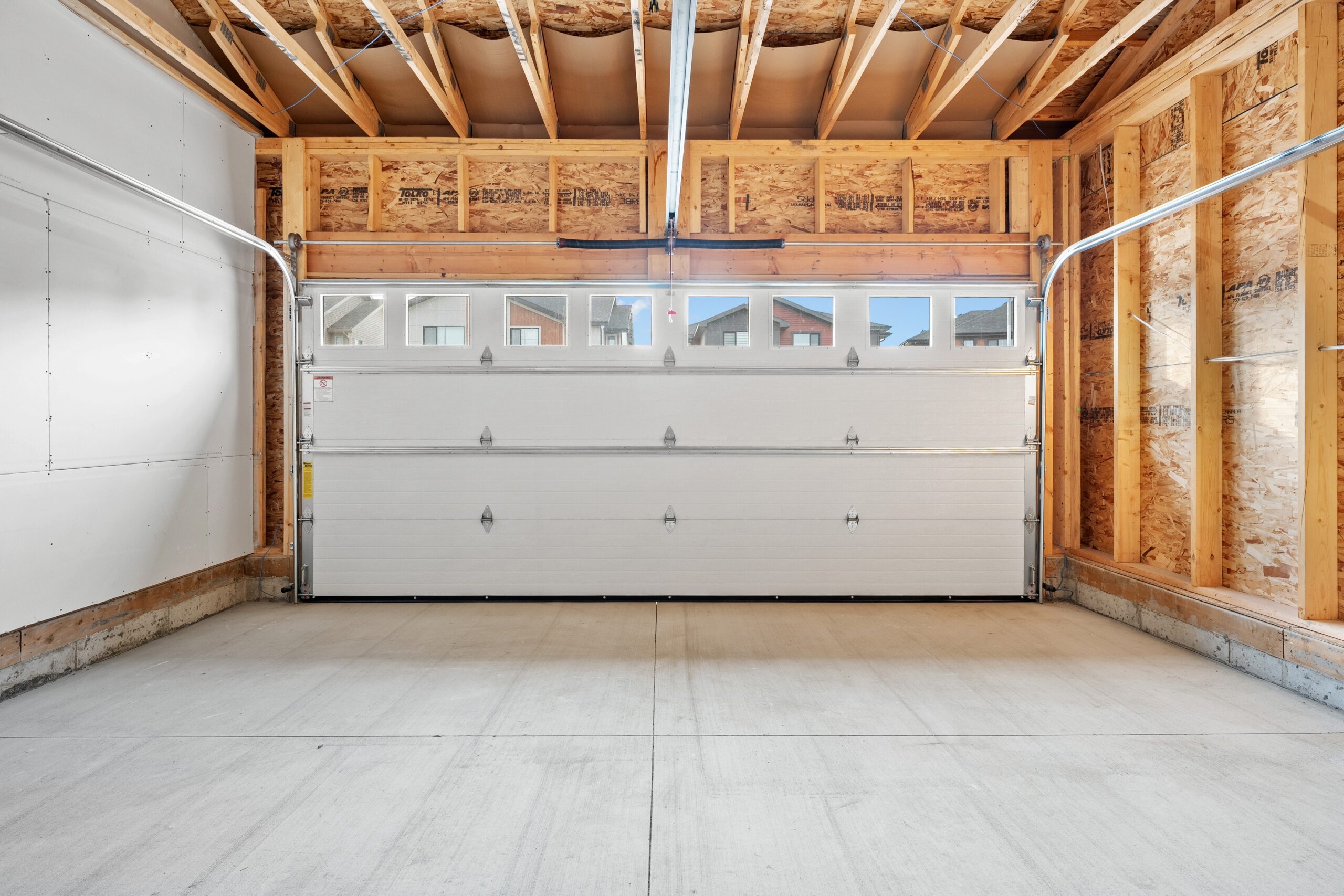Self storage may seem simple on the surface, but when the time comes to put your belongings away, you may realize there’s a lot more to think about than just popping things into boxes and shoving them into a unit. If you’re not careful, you may wind up with damaged or broken items, not enough space to store everything, or mold and pests making their way into your containers.
Luckily, you can prevent all of this by planning ahead and packing properly for your storage needs. In this article, we’ll go over what to consider when packing for both short-term and long-term self storage, and offer some tips to get the most out of the unit you choose.
Preparation
Your first step when preparing for any length of self-storage time should be to clean absolutely everything. Put whatever clothes and fabrics you can through the laundry, wipe down and dust anything with a hard surface, and take extra care when cleaning larger items:
- Appliances, such as freezers and ovens, should be unplugged and allowed to reach room temperature before you clean them inside and out with a bleach-based cleaner. Leave their doors open while they dry out to keep moisture and bacteria from clinging to them.
- Furniture requires a bit of extra care when wiping and dusting, as they often have cracks and crevices that dirt and bacteria can find their way into. Vacuum these items and dust and polish their hard surfaces, as this will keep dust away for longer.
Once you’ve cleaned everything, figure out what you’re going to keep and what you can reasonably get rid of. You can easily save money on storage space (and make a little extra) if you can donate or sell some items you no longer need, and some items beyond repair may need to simply be thrown away. Sort your items into these categories, and only pack what you want to keep.
Before packing, you should also check with your chosen storage facility to see what items aren’t allowed in storage, such as flammable chemicals or perishable food.
Supplies
Different storage needs will require different equipment, so figure out how much space you’re going to need before you order unnecessary materials. Let’s go through some packing essentials and what to consider when seeking them out:
| Packing essentials | What to consider |
|---|---|
| Cardboard moving/storage boxes | Inexpensive and available in many sizes, cardboard boxes are easy to assemble and stand up to a lot of punishment. However, they’re not intended for long-term storage, as cardboard can break down over time. |
| Plastic storage bins | Widely available at many department stores and hardware stores, plastic bins offer sturdier protection for long-term storage, and are often built to be stacked. However, they’re more expensive than cardboard boxes. |
| Packing tape | The right packing tape can easily seal cardboard boxes and packing materials, and is built to hold up for a long time through many elements. (Avoid shipping tape–it’s not intended for long-term use.) |
| Bubble wrap | Glass and brittle items will benefit from bubble wrap or other cushioning to protect from drops or other sudden movements. Be sure you properly seal it, however, as it can trap moisture if not handled properly. |
| Packing paper | Using old newsprint or paper as an environmentally friendly alternative to packing peanuts will allow you to fill in empty spaces in boxes while still allowing air to flow through and prevent moisture buildup. |
Once everything is packed, clearly label your boxes and bins with their contents and whether they are fragile. You should also keep a detailed list of what containers you have, and make notes of where you’re keeping them in the storage unit so you can easily retrieve them later.
Packing
Take special consideration when packing different kinds of belongings for self storage–for example, you’ll need different supplies and techniques to pack furniture than you will for clothes. Here are some tips for common categories of items you may be planning to store.
Furniture
From small chairs to large tables, putting unused furniture in storage can help you save space in your home. Taking apart what you can is a good first step, as furniture is easier to pack when it’s in pieces.
If you still have the assembly instructions for your furniture, use them in reverse to safely take it apart–these will also come in handy when you’re ready to put it back together. If you don’t have these instructions, you may be able to look them up online. Store any screws, bolts, or other small fasteners in a plastic bag attached to whatever container you put the furniture pieces in.
If you can’t take furniture apart, cover it with a sheet or tarp when it’s in the unit to protect it from dust–this will also help prevent scratches if you wind up stacking boxes or containers on top of it. You can wrap furniture that needs extra protection in bubble wrap or tape cushioning to sharp, fragile corners; just be sure to leave some room for air to flow, as trapped air and moisture can cause mold to grow.
Electronics
It’s good practice to hang on to the original packaging for any electronics you might want to store later, as it’s custom-built to protect the device that came with it. If you still have that packaging, re-pack it as best you can before you put it away. If you don’t, use paper, bubble wrap, or foam to pad out an empty box so the device you pack won’t be damaged.
Investing in a climate-controlled self storage unit will keep any of your devices from temperature or humidity damage, but if you don’t opt for this, you can buy silica gel packets to put in boxes and keep moisture away. Whatever option you choose, be sure to remove the batteries from any battery-powered devices before storage–these can corrode and damage their devices if left inside.
Clothing and fabrics
If you’re storing clothes or other fabric items in a self storage unit, make sure they’re completely dry before you pack them–this will prevent mildew from growing. Casual fabrics like T-shirts and jeans can be rolled up and stored in bins, boxes, or even vacuum bags; more delicate fabrics should be stored in breathable fabric garment bags to allow air to flow and prevent them from getting either too dry or too moist.
A reputable storage facility will already have pest control measures in place, but for peace of mind, it’s worth getting ahold of moth balls or cedar containers to naturally repel pests in the case of a breach. You can use silica gel or herbal sachets to help prevent moisture from getting into your stored clothes, but investing in climate controlled storage will lower this risk to a minimum.
Fragile items
Glass, porcelain, and other brittle items prone to breakage should be individually wrapped in foam or bubble wrap before you put them in a container. Use paper or more foam to fill in the extra space in those containers and keep breakable items from moving around while you transport them, and be sure to label fragile boxes so you know which ones to take special care with.
Documents
You can save space and further protect your information by putting your important paper documents in storage, but you should be sure to keep those documents in waterproof and fireproof containers so they’re protected from any eventuality. Investing in climate controlled storage will further keep them from moisture or temperature damage.
Making the most of space
Once everything is packed away, organize your belongings within your storage unit to save space and make them easier to find when you need them. Place your containers around the edges of the unit first, and leave yourself an aisle when you’re placing them in the center so you can move through the unit with ease.
Make use of whatever vertical space you have–plastic containers are often sturdy enough to stack, especially if you purchase them all from the same brand, and well-made cardboard boxes can be stacked as well. In the case of cardboard, always start with the largest box and stack increasingly smaller boxes until you reach the ceiling.
When you’re packing, you can use softer items, like towels and sheets, to fill in space in other boxes and act as cushioning for fragile items.
Short-term vs. long-term
The longer you plan on storing your items, the more preparation you’ll want to do before you pack. If you’re only renting a storage unit for a short time, you can get away with a bit less preparation and protection, as you won’t have to worry about damage and corrosion that might occur over a longer period. However, this protection should be a primary concern if you’re renting a unit for months or years.
Let’s go over a few considerations that differ between shorter and longer-term storage needs.
| Short-term | Long-term | |
|---|---|---|
| Protection | Dust covers and sheets are often enough to protect furniture and other items from dirt and damage over a short time. | Disassemble furniture, invest in sturdier boxes, and use packing materials that won’t trap moisture. |
| Inventory | Write down a physical list of everything you’re storing and where it is in the unit. | Consider using an app to help you manage your inventory over a long time. |
| Climate | It’s worth looking into climate-controlled units in the short term if you have items that will be sensitive to temperature and moisture changes. | Invest in a climate-controlled unit for longer-term storage–this will keep even your sturdiest items from breaking down over time. |
| Packing materials | Standard moving boxes will suffice for short-term storage. Consider purchasing heavier-duty boxes that you can reuse later. | Heavy-duty, acid-free boxes and plastic storage bins will give your belongings the best protection over a longer period. |
In conclusion
Packing for self-storage can seem overwhelming at first, but if you take your time and properly prepare your belongings, you’ll be set up for success in both the short and long-term. Cleaning your items before storage, investing in the right supplies, and carefully organizing containers and objects within your storage unit will make maintaining and unpacking them much easier. Looking into climate controlled storage facilities will ensure even your most fragile belongings will stay protected for a long time.
When you’re ready to start researching the right self storage unit for you, Storage.com is here to help! Use our search tool to find units nearby that fit your storage needs, or give us a call at (833) 372-9881 to speak to a storage expert and get one-on-one assistance.






